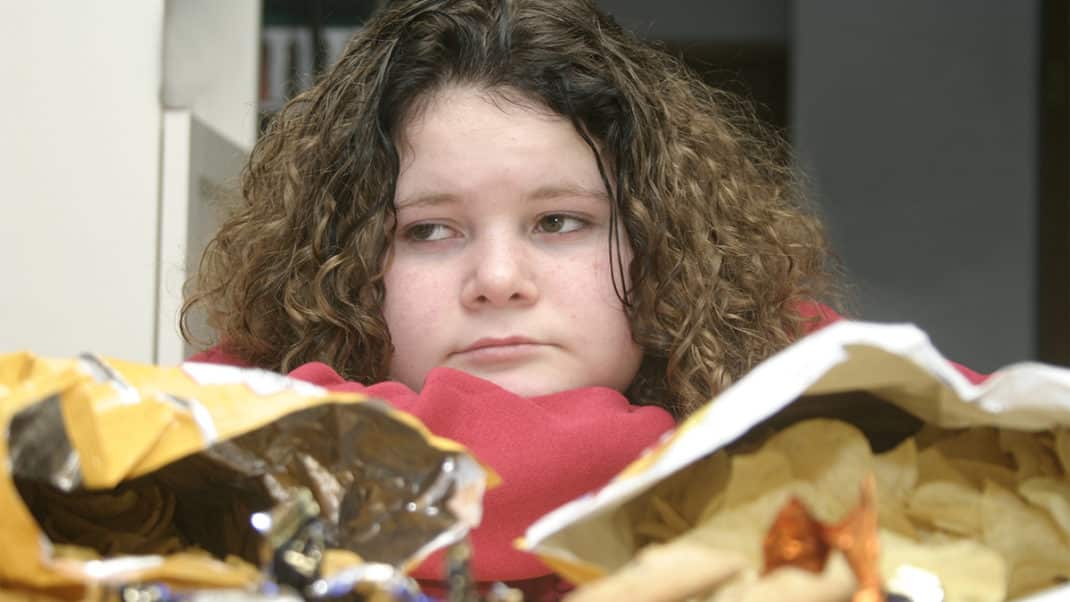10 Ways to Help Families Change
Fitness pros need to work with moms, dads and kids together—here's how.

Families need you! A growing body of research makes it clear: Families provide a powerful force in supporting—or opposing—better health behaviors. Indeed, the authors of a state-of-the-art review in a prestigious cardiology journal call families “a linchpin for cardiovascular health promotion throughout the life course” (Vedanthan et al. 2016).
Whether you work primarily with children, adolescents or adults, expanding your scope to meet the needs of the whole family is likely to improve client outcomes while enabling you to reach more people and grow your business. To date, there is no standardized training to help health and fitness pros meet this growing need. Nevertheless, you can deploy the 10 strategies outlined below to play a powerful role in helping families work together to improve their health.
1. Learn Motivational Interviewing
Motivational interviewing is a conversational approach that coaches use to help people “talk themselves into change” and build a sense of self-efficacy. This approach uses open-ended questions, reflective listening, affirmations and summarizing to develop a person’s “change talk”—statements that encourage behavior change.
For example, a mom might say, “I know I need to be more active to set a good example for my daughter, but it is so hard to make time for it.” A coach using motivational interviewing could respond with a reflective statement, such as, “Even though time is tight, you want your daughter to see you ‘walking the talk.’” If the mom says, “Yes, I do,” the coach might ask, “What would that look like?” This prompts the mom to find her own solutions, which builds her self-efficacy (her belief that she can change despite the barriers).
2. Help Families Talk About Healthy Behaviors
When possible, engage all family members in a discussion of nutrition and physical activity. For example, you might ask, “On a grading scale of F to A-plus, how healthy is your home?” Follow up by asking why they gave that grade rather than a lower one (e.g., “Why give a B and not a C?”). This helps the family members identify things that are going well.
Then ask what it would take to improve the grade, and how other family members could help. Identify barriers and find ways to overcome them. This guided conversation helps people open up on their health behaviors.
3. Learn Children’s Ages and Stages
As children develop, opportunities emerge at different times to promote healthful nutrition and activity. A good understanding of normal childhood development creates opportunities to help parents tailor an intervention to their children’s places in specific life stages.
4. Coach Parents on Refining Their Approach
One study identifies four major approaches to parenting: authoritarian, authoritative, permissive and neglectful. These approaches are classified across two domains: warmth and responsiveness and control and/or demandingness. Research clearly indicates that an authoritative approach leads to the best outcomes, for health and overall (Vedanthan et al. 2016).
Help parents figure out how to adopt a more authoritative style. For example, one authoritative approach to the home food environment relies on a clear division of responsibilities (ESI 2005): Parents decide which foods are in the home, when to offer them and where. Ideally, parents stock the home with healthy foods, offer balanced meals and require that meals and snack times (for everyone) occur at the kitchen or dining room table. Then, the children choose what to eat from available options (so the kids are not forced to eat certain foods) and decide how much (so they learn to trust their internal hunger and fullness cues).
5. Help Parents Set Health Goals
Studies suggest many parents underestimate their children’s weight and overestimate the nutritional quality of their diets and their levels of physical activity (Vedanthan et al. 2016). The best way to gauge what’s really going on is to help parents monitor their own nutrition and physical activity and those of their children (ideally for at least a 3-day period, including 2 weekdays and 1 weekend day). They may also consider reviewing a child’s growth chart with a pediatrician to best understand the child’s current status.
This information is a useful starting point for establishing nutrition and activity goals based on dietary and activity guidelines (such as the USDA’s Dietary Guidelines and the U.S. Department of Health’s Physical Activity Guidelines) that are tailored to the individual family.
See also: Family Meal Planning.
6. Encourage Modeling
Parents are potent role models for their children. Possibly the most effective way for parents to raise healthy, active kids is to be healthy and active themselves. Studies indicate that children follow their parents’ cues on how to eat, portion control, table manners, eating rituals, social interactions at mealtime and timing of meals.
Making family meals a priority enables parents to be positive role models, which is associated with health-related, educational and social benefits for children and decreased risk-taking in teens (Vedanthan et al. 2016). Children and teens also model their parents’ physical activity (and sedentary) behaviors. Having at least one physically active parent increases the odds that kids will be active. At the same time, sedentary parents who watch a lot of television encourage their kids to embrace similar behavior (Vedanthan et al. 2016).
7. Make the Healthy Choice the Easy Choice
If home is a healthy, active environment, family members will by default be healthy and active. If home is not that environment, healthy behaviors will be much more difficult to maintain. Thus, making healthful foods readily available and unhealthful foods hard to get makes it easier for everybody to choose healthy foods. Eating at home more often (cooking most meals) supports healthier nutritional status, as does minimizing consumption of snacks and processed foods.
Likewise, having many opportunities for physical activity, and access (e.g., transportation) needed to participate, will lead to more active families. Family members should share a behavioral environment that enables self-efficacy for change, self-regulation, role modeling and eating practices.
8. Emphasize Quality-Time Activities
In the stresses of daily life, people have a tough time finding enough time and energy to strengthen family cohesion. However, making a concerted effort to do this improves family functioning, which in turn optimizes the health and well-being of all family members.
Help parents identify opportunities to spend quality time with their children—and each other—to nurture familial bonds. Whether it is giving a baby massage to an infant, reading to a young child, walking together as a family, enjoying a parent date night, taking a trip to the farmer’s market, participating in a Zumba® class with a child in middle school, camping one-on-one with a teen—or engaging in any other activity, small or large—quality time spent together, engaged in healthful activities, yields big gains.
See also: Sample Class: Indoor Cycling for the Whole Family.
9. Help Families Cope With Stress
Families under significant stress face a higher risk of developing unhealthy habits. For example, a parent whose response to stress includes eating or vegging out in front of the television may have difficulty discouraging a child from doing the same. Financial stresses can prompt marital discord, which can affect meal planning, physical activity, family communication and parenting quality. Maternal depression can be devastating for the mother as well as the health and well-being of her children.
Help clients identify common stressors and the impact of their response to stress on the family. Talk about strategies for reducing or eliminating stressors. Then problem-solve together to find productive ways to respond if a stressor returns. When it does, ask what happened (did the client adopt the new response or the old one, or some variation of the two?), and figure out how to improve for next time.
10. Urge Families to Be Active Together
As experts on physical activity, fitness pros are in the best position to advocate for more opportunities for families to be active together. Challenge gyms and fitness centers to rethink their approach to children’s access and to encourage more child- and family-friendly policies. Brainstorm ways to offer new classes, programs and activities that will meet the needs of all clients and their families. Lead a culture shift to a more inclusive, family-centered approach to fitness and activity.
While family-based fitness and nutrition programming may be a relatively new focus for many fitness professionals, several trailblazers have created programs that apply these principles effectively. The increasing recognition of family-driven programs gives health and fitness professionals opportunities to improve the lives of children and parents for generations to come.
Updated: September 21, 2021
Family Function
The General Functioning subscale (below) of the McMaster Family Assessment Device provides insight into family functioning. While using this scale and exploring family dysfunction with clients are well outside the scope of the health and fitness professional (refer the family to a marriage and family therapist if such concerns arise), having a general understanding of family dynamics can help tailor a coaching intervention in the way that is most likely to improve a family’s health.
References
Vedanthan, R., et al. 2016. Family-based approaches to cardiovascular health promotion. Journal of the American College of Cardiology, 67 (14), 1725-37.
Natalie Digate Muth, MD, MPH, RD
"Natalie Digate Muth, MD, MPH, RDN, FAAP, is a board-certified pediatrician and obesity medicine physician, registered dietitian and health coach. She practices general pediatrics with a focus on healthy family routines, nutrition, physical activity and behavior change in North County, San Diego. She also serves as the senior advisor for healthcare solutions at the American Council on Exercise. Natalie is the author of five books and is committed to helping every child and family thrive. She is a strong advocate for systems and communities that support prevention and wellness across the lifespan, beginning at 9 months of age."






